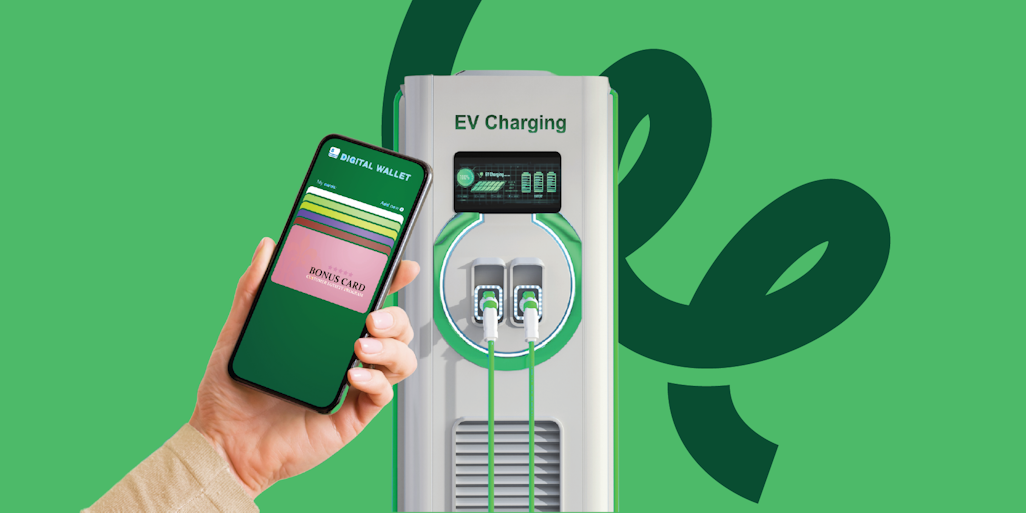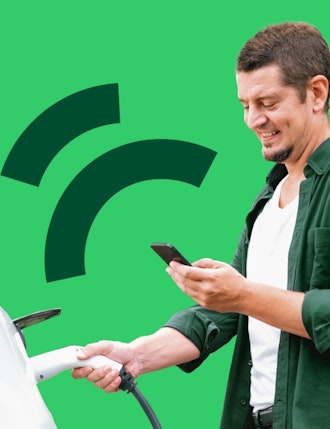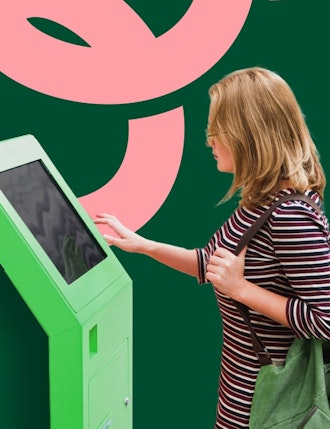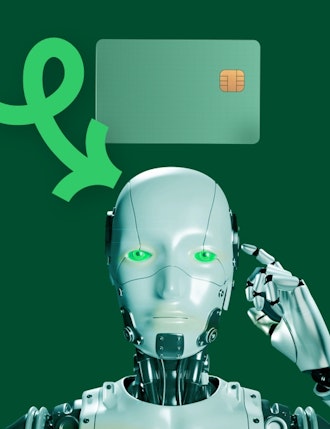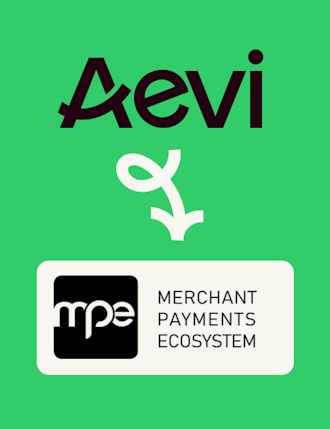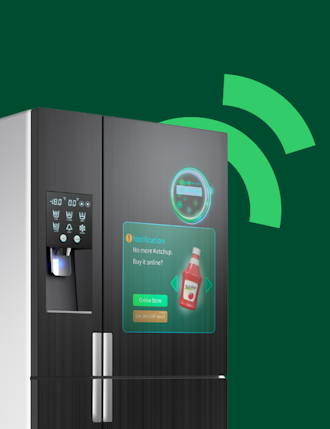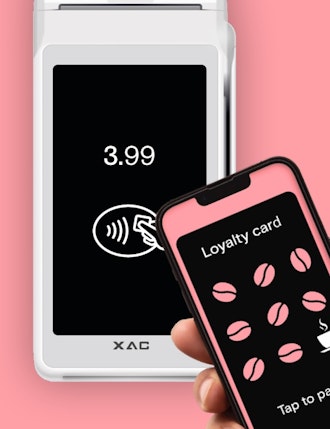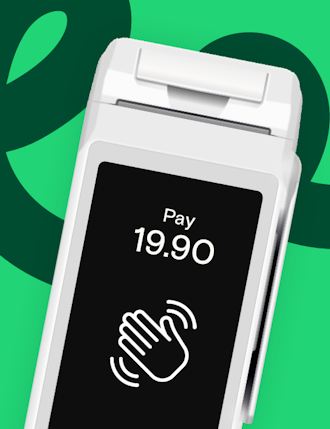In the UK we’re seeing more and more electric vehicles (EVs) on the roads, with a high volume of these being driven by businesses. In fact around two-thirds of EV purchases can be attributed to businesses, with UK companies investing around £13.6 billion between 2022 and 2023 into this emerging market.
So, with more EVs on the roads for business drivers, what does this mean for the future of mobility and payments? Here are the key things to look out for in the next 12 months.
Self-service payments at charging stations
The customer experience at charging stations needs to be as smooth as possible – especially for business customers. Fast charging points are of course of critical importance, but so too are fast payment methods.
Self-service payment is the obvious solution. It reduces the need to queue inside and offers an efficient option for both merchants and customers. This should enable customers to pay contactless with credit or debit cards, as well as with their smartphones and any additional alternative payment methods. One of the big advantages of self-service payments at charging stations is that they don’t require users to have an account or sign up for an app – it’s an open-loop payment system which means that anyone can use it. Business drivers can simply pay at any charging station without having to access one of many multiple apps.
In-app payments
But that doesn’t mean apps are dead. Far from it.
We’ve already seen the use of app-based payments increasing for charging stations, and this is set to become even more ubiquitous in 2024. App-based payments enable customers to choose their charging station in advance and pay directly from the app for the time spent charging.
The technology landscape around app-based payments is seeing plenty of innovation too. One of the key trends we’re seeing in 2024 is that of embedded payments. This is where users can load their details on the app, pre-pay or pre-load credit onto the app then simply pay for their charging use. It’s become extremely popular for retailers in other sectors, such asStarbucks, where everything can be done quickly on the app, and the user can stroll into their local branch and simply grab their coffee.
This innovation can easily simplify and streamline the process at charging stations too. Especially when it comes to the needs of business customers who need to get back on the road as quickly as possible.
In-car payments
As the technology around electric vehicles improves, it makes sense that the onboard tech should improve too. And that’s the case with in-car payments.
Picture the scene. You’re driving for business, you pull into the EV charging station, charge up, push a button on your dashboard and the payment’s sorted. It’s quick, efficient and simple. In-car payments rely on:
- The Internet of Things (IoT) to seamlessly connect the vehicle and payment networks to facilitate real-time transactions.
- Near Field Communication (NFC) for quick and seamless contactless payments.
- Biometric authentication such as fingerprint or facial scans to verify the user’s identity.
- Cloud token frameworks to securely store and transmit payment credentials.
Not only do in-car payments make it easier for the user, it’s also a simple process for business fleet managers to track payments across the fleet of cars and drivers. That means no more manually submitting and tracking receipts.
One-click payments for subscription-based models
Yes, subscription payments have been around since the start of the EV revolution, but it’s thought that one-click payments based on tokenisation will help increase their use even more.
With subscription payments, providers offer packages that include a specific number of miles for a fixed monthly fee, often with reduced prices for any additional charging. Providers can also offer loyalty programs, which are key for customer retention. Subscription-based payments are extremely valuable for business users as they enable the company to define and track potential monthly mileage.
Tokenization is the process of replacing sensitive payment information like credit card numbers with a unique identifier (a token). It’s super secure as at no point across the network are the credit card numbers stored. These tokens are securely stored and enable one-click payments for transactions. It’s ideal for merchants offering subscription-based models.
International payment support
Whether paying at the charging point, in-car or through an app, charging stations must allow for international payments. Opening this up increases the ability for business users to drive their EVs across borders, to pay simply, and to track their payments all in one place.
With more EVs on the roads being driven by business users, the payments industry needs to evolve with the needs of customers and the fast developing technology in this market. The EV charging market alone is a high growth space that, whilst fundamentally physical in nature, relies on a complex digital infrastructure to operate effectively. 2024 is set to be a pivotal year for the mobility industry with innovation continuing apace, but most EV market players are in the early stages of adopting in person payment technologies or finding the solutions they will need to get started.
To learn more about how payment technologies are being deployed in the EV space download our thought leading A Shift In Mobility whitepaper.
